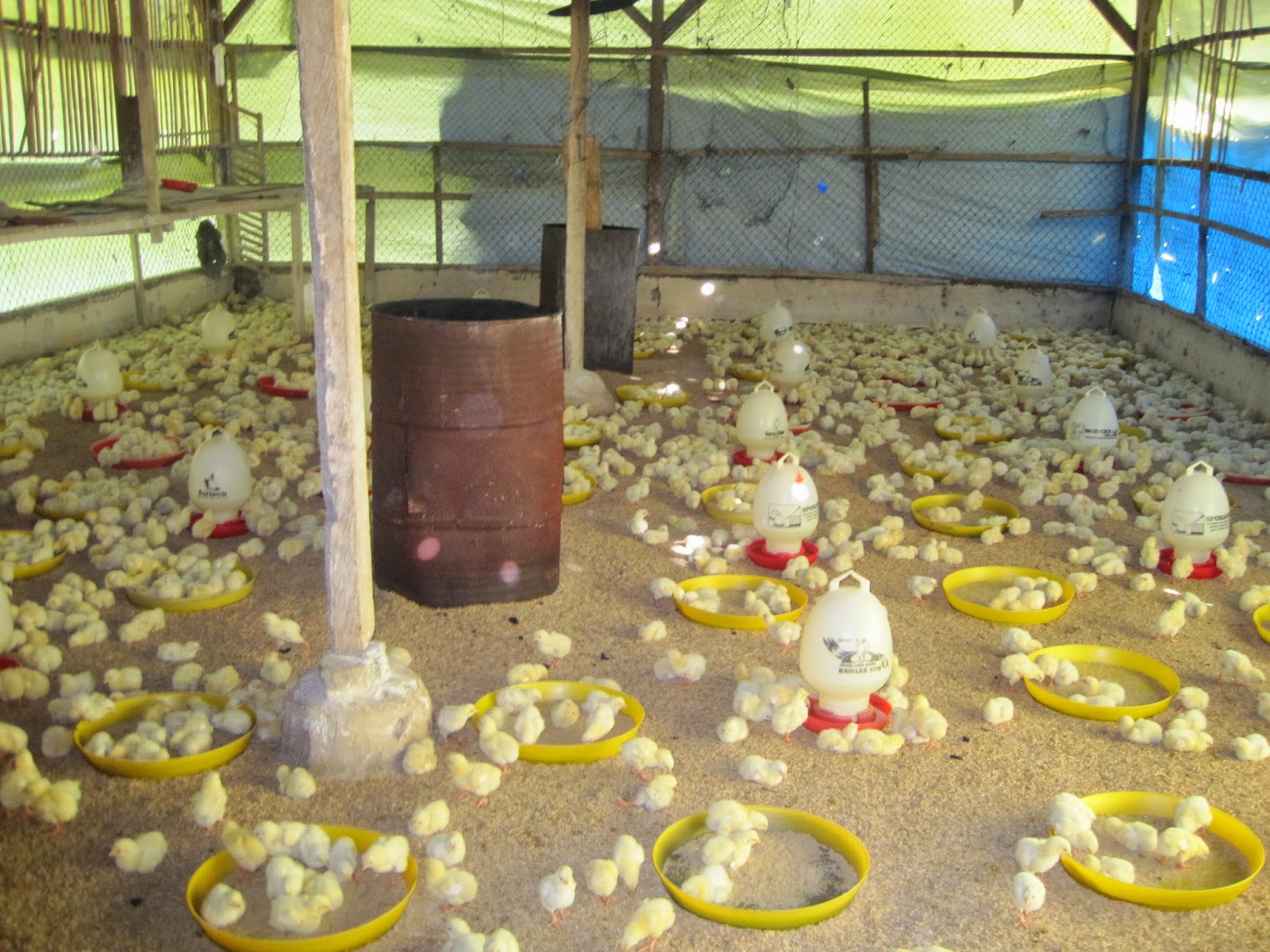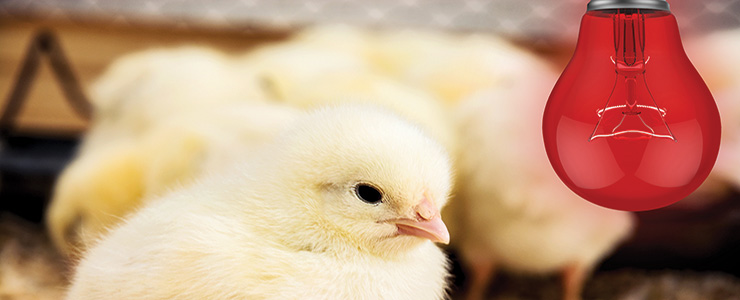
Raising broiler chickens for meat is a lucrative business that has become increasingly popular in recent years. However, there are many factors to consider when it comes to producing healthy and profitable broilers, including their growth rate, feed utilization, meatiness, and resistance to stress and disease. Experienced poultry producers know that proper management practices are essential to success in this industry. But for those who are new to broiler farming, the process can seem overwhelming. In this article, we will provide a comprehensive guide to brooding chicks, from preparations before their arrival to routine operations until marketing. With this information, you will be equipped to start up or improve your broiler farm and produce healthy, high-quality meat.
Raising broiler chickens can be a lucrative business, but it requires proper planning and management. One of the critical phases in broiler production is the brooding period, which refers to the care of chicks from day old to three weeks of age. During this phase, the focus is on providing the chicks with adequate heat, water, and feed to ensure they grow well and remain healthy. In this article, we’ll discuss the best practices for brooding chicks, including the desirable characteristics of broiler chicks, preparation for the arrival of chicks, brooding techniques, and routine operations.

Desirable Characteristics of Broiler Chicks
There is always a debate amongst broiler farmers over which broiler chicks are best for production. However, some of the desirable characteristics one should look out for include a high growth rate, good feed utilization, meatiness, and stress resistance. These traits are essential for achieving high productivity and profitability in broiler production.
Preparing for the Arrival of Chicks
Before the arrival of chicks, it’s crucial to ensure that the poultry house is properly constructed regardless of size. A well-built poultry house should have a water-tight roof, good ventilation, an inner surface that’s easy to clean, and a rat and wild-bird-proof floor, walls, and roof. One week before the arrival of chicks, clean up and disinfect equipment such as feeders and drinkers, and remove old litter if any. Two days before the arrival of chicks, introduce new litter. Four hours before the arrival of chicks, ensure water troughs are filled with water and turn on the heating system.
Brooding Techniques
Brooding is the care of chicks from day old to 3 weeks of age. During this period, the major factor of concern relates to heating. The temperature should be about 32-35 degrees Celsius, and the temperature is then reduced by 2.7 degrees every week up to week 3 when the power source should be turned off. In hot areas of Zambia, power may be turned off for 2 weeks, while in cool areas, power may be turned off for a little longer than 3 weeks. The heating has an influence on the distribution of chicks in the house. If too hot, chicks will move away from the source, and if not warm enough, chicks will group together. Sources of heat include infrared lamps, high-voltage electric lamps, domestic heaters, and charcoal. If using charcoal, ensure the charcoal has “smoked off” before taking blazers into the poultry house.
It’s essential to take into consideration prevailing climatic conditions, housing, type of brooding, space provided per chick, insulation of the brooding house, etc. Insulation should not entirely cut off ventilation, and ventilation should not create drafts. As we constantly observe the chicks’ behavior, we can make changes in our brooding arrangement to keep them comfortable. If chicks are comfortable, they will uniformly be scattered over the brooding space. During the brooding period, visit chicks regularly (at least 3 times a day), remove dead chicks, and take appropriate records.
Routine Operations from Day-Old to Marketing
From day-old to marketing, it’s crucial to conduct routine operations to ensure the birds remain healthy and achieve optimal growth. Under the deep litter system, for the first four days, provide feed in shallow trays or on newspapers. If newspapers are used, change them every two days to avoid litter eating and also for chicks to get clean water and feed. It also prevents diseases and reduces chick mortality. When chicks are accustomed to feeding, transfer the feed to feeders. Do not fill up feeders to avoid wastage; fill halfway to about two-thirds. Allow about 2.5 cm feeder space per bird for the first.
By Mpasa Siwale
mpasasiwale@gmail.com


















